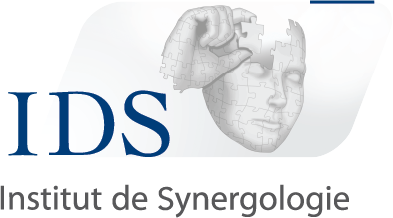You are with an individual who has just experienced a strong emotional shock. You ask him to tell you about his misadventure, but he seems to have trouble putting all the pieces in chronological order. As you feel he needs to talk, you give him all the time he needs to tell what he remembers. As you pay attention to what he shares, you notice where he places the episodes in space. Once he’s finished telling his story, you help him reconstruct the sequence of events based on what you’ve observed. How did you do it? You were able to observe the course of his adventures in his gestures. Of course, it doesn’t always work the first time, and there’s nothing magical about reading body language. So how is time encoded in gestures?
Study
This is what Lera Boroditsky and her colleagues have been trying to find out. Their initial research focused on the relationship between space and time (1). Their results suggest that we represent time in space according to the direction in which we write. The representation of time can therefore be illustrated from left to right in the majority of Western cultures, and in the opposite direction in Arabic-speaking countries.
But the researcher didn’t stop there. In an article published in 2007 (3), Boroditsky and colleagues report on their observation that the direction of writing can have a profound influence on the way people represent and process digital information. Scientists have also reported that the direction of writing can shape the way people think about numbers and their relationship with space. These results are in line with those of Dehaene (2 ) and the SNARC effect. But we’ll come back to this famous effect another time.
Conclusion
In this way, we understand that in Western cultures, the past is more to the left and the future more to the right, but that the situation may differ in other cultures. We’ll come back to this in another article on the relationship between space and time and its expression through gesture. While you’re waiting to learn more, pay attention to the direction your hands are pointing when you listen to someone recount their misadventures.
References
- Boroditsky, L. (2000). Metaphoric structuring: Understanding time through spatial metaphors. Cognition, 75(1), 1-28.
- Dehaene, S., Bossini, S., & Giraux, P. (1993). The mental representation of parity and number magnitude. Journal of experimental psychology: General, 122(3), 371.
- Fuhrman, O., & Boroditsky, L. (2007). Mental time-lines follow writing direction: Comparing English and Hebrew speakers. In Proceedings of the annual meeting of the cognitive science society (Vol. 29, No. 29).

